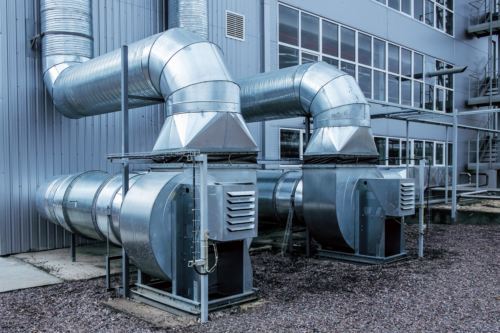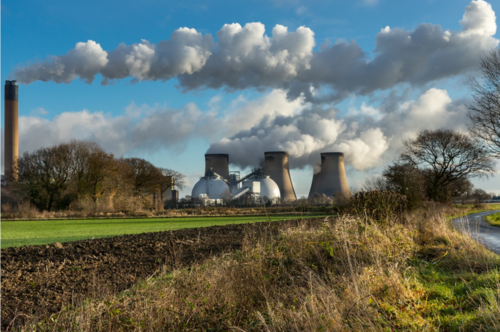What you should know about Radon - a deadly gas that could be lurking in your home!
Exposure to radon gas is the leading cause of lung cancer in non-smokers and is responsible for more than 2,000 deaths in the UK every year, according to the UK Radon Association. However, more than half of UK homes have never been tested for levels of this carcinogenic gas, and two-thirds of adults have never even heard of the substance. High levels of radon can build up in buildings of any type, size or location and the only way of knowing the risk is to run a radon test or continually monitor the gas using a radon sensor. Here are the facts you should know about this deadly gas.
What is Radon and where does it come from?
Radon is an invisible, odourless and tasteless gas that can seep into buildings from the ground. It’s created when natural radioactive uranium slowly decays in the ground, and it seeps into buildings through cracks in floors and walls. Some parts of the country have higher levels of radon than others. You can use the Government’s Radon Map to find out where radon is high in the UK.
New properties built in high risk areas are now built with radon preventative measures in place thanks to the 2010 updates to the Building Regulations. However, it should be noted that a 2019 report by Public Health England (PHE) found that whilst ‘basic’ preventative measures reduce radon levels in new properties by around 40%, radon levels in some properties were high despite having these measures in place, supporting PHE’s existing advice that all new properties should be tested for radon.
How do you know if you have a radon problem?
First take a look at the radon map, and if you live in an area likely to be affected, have your property tested. Please note the map is indicative, and some buildings in areas known to be less affected by radon could still hold high levels of the gas. Also, PHE advise that any property with a basement, regardless of whether it’s located in an affected area or not, will have an increased probability of containing high radon concentrations.
The most common method of radon testing involves placing special passive detectors in the property for a period of time (usually three months) before returning them to a laboratory for analysis. However, today there are digital radon sensors available, and some of these also monitor other indoor air quality factors too, and they do this continuously 24/7. This also allows you to check levels post remediation works against historic data, so you know that works completed to keep your building within safe levels of the gas are working and continue to do so.
If you have high levels, you should take action
If we breathe in high levels of radon over long periods of time this exposure can lead to damage to the sensitive cells in our lungs, and this increases the risk of lung cancer. So, if you discover high radon levels, either in your home or commercial building, it’s important you take remedial action. In fact, employers have a legal duty to protect workers from radon exposure.
Reducing high radon levels
Although high levels of radon at home or in commercial buildings is a problem that needs addressing, the good news is, levels can be reduced by simple building and/or ventilation works. Radon solutions for homes and small buildings without mechanical ventilation systems include installing a small pump in the roof space that gently blows in air from outside, called a positive input ventilation (PIV) system. For larger buildings, an active radon sump, fitted with a fan, is the most effective way to reduce indoor radon levels. Sumps work best under solid floors and under suspended floors if the ground is covered with concrete or a membrane. Occasionally, passive sumps without a fan may be enough to reduce radon levels in some buildings.
Don’t let the fact that you don’t know it’s there,
stop you from taking action.
Many people may have never heard of radon, but it can be a killer at high levels over a long period, with children and older people at highest risk. The Ionising Radiations Regulations 2017 impose a duty on employers to protect workers from exposure to radon. It’s time to take radon seriously.
Latest Articles
How the Internet of Things (IoT) is revolutionising building energy efficiency
Read More >Choosing the right green building certification
Read More >How AI technology is helping reduce energy consumption and carbon emissions in commercial real estate
Read More >What will be the response to spiralling energy prices and will it benefit or harm air quality
Read More >



